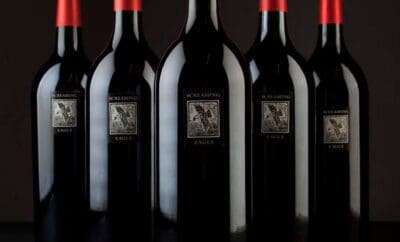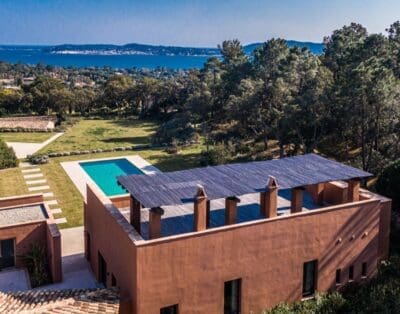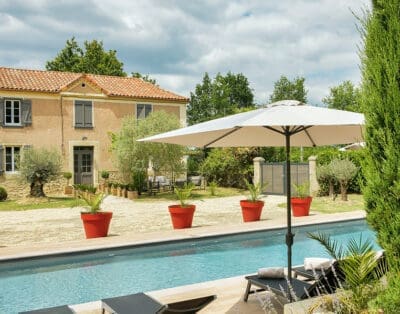Wynns – Coonawarra Excellence
With its proximity to Adelaide and excellent wines, the Barossa Valley is used to welcoming hundreds of thousands of visitors each year. But venture four and half hours south and slightly to the east and you will discover another world-class wine region – Coonawarra. An Aboriginal word meaning honeysuckle, it is drastically smaller in size in terms of wineries with 30 (Barossa has circa 150) and is renowned for its Cabernet Sauvignon more than Shiraz. The area under vine represents 50% of the plantings in Barossa with 5784ha vs 11609ha.
This famed cigar shaped vine-growing region is precious due to its limited size – just 12 miles long and 1.2miles at the widest point. The soil is an ochre colour known as terra rossa and is formed of red clay (coloured by iron oxide) over limestone that produces wines of noted elegance. It is worth noting that Coonawarra benefits from the cooling Antarctic winds that blow in off the Southern Ocean, less than 50 miles away, making for a long cool growing season. The temperature is 1 degree cooler than Barossa when measured in the shade, but this does not take into consideration that vines have full exposure to the sun. Coonawarra will often have cloud cover further reducing the temperature.
Coonawarra was pioneered by Scotsman John Riddoch who came for the gold rush in 1852 after being told by his father that he could make £1000 in two weeks of hard graft. He purchased around 35,000 acres of pastoral land in South Australia in an area known as Yallum, with the view of starting townships and creating employment. The first vineyard was the result of a sub-division of this land into 10 acre lots during the 1890s, which were sold for £100 each through his company, the Coonawarra Fruit Colony.
By 1891, 348 acres of vines had been planted with the first vintage harvested in 1895, quietly made in John Riddoch’s nursery shed. Presumably seeking improvements, for the following vintage in 1896 Riddoch employed the services of winemaker William Salter, who was already making a superior wine in his woolshed at the Katnook Estate. The partnership worked well resulting in many fruit farmers establishing themselves as winemakers until the advent of the First World War.
Between the two World Wars, most of the grape juice was made into fortified wine, until Samuel Wynn saw the potential for quality wines that the region re-established itself. He purchased the Riddoch cellars with his son David in 1951, and today Wynns has vineyards that total some 1340 acres.
Today, Wynns are by far the largest operation in Coonawarra and still makes wines of exceptional quality under the supervision of winemaker Sue Hodder. Sue, as I remember her from when I visited a few years ago is a charming, hard-working lady who knows her business and is easily one of the best winemakers in the country. How she came into winemaking I do not know – she grew up in Alice Springs. Surely one of the most remote towns in the world. She enrolled herself at Roseworthy College and graduated in 1984 with a degree in Agricultural Science. From here she did a stint at Penfolds, and then as a Grower Liaison Officer in the Barossa, which involved assessing vineyards and then seeking ways to develop their potential. This gave her the fundamental skills that she utilises today at Wynns.
Wynns is quite simply the pre-eminent wine estate in Coonawarra. Sitting at the top of their core range is the Coonawarra Cabernet, which, as proudly displayed on the 2019 label celebrates its 64th vintage. Quite an achievement. It is a consistent and reliable wine each year and delivers the goods. Sue, with the help of assistant winemaker Sarah Pidgeon select only the top 20-25% of fruit which when coupled with an outstanding vintage like 2019, which saw a cool and dry April, resulting in quite a spellbinding wine.
An explosion of dark cherries and blackcurrants abound with well-integrated and fine tannins. The thing that strikes me is the balance – it is just so perfect. The use of oak is for seasoning almost, complementing the ripe fruit and adding a vanilla note whilst bringing balance to the wine. This truly is an exceptional vintage and surely one of the most favourably priced wines in the world given the quality. It would be prudent given the price to buy a case of 12 and enjoy a bottle every 2 years to fully enjoy its development. It may sing now, but in the future, it will undoubtedly be accompanied by an orchestra.
Should you be visiting South Australia, making a detour to Coonawarra may seem time-intensive, but as a wine lover, it is undoubtedly worth it.









